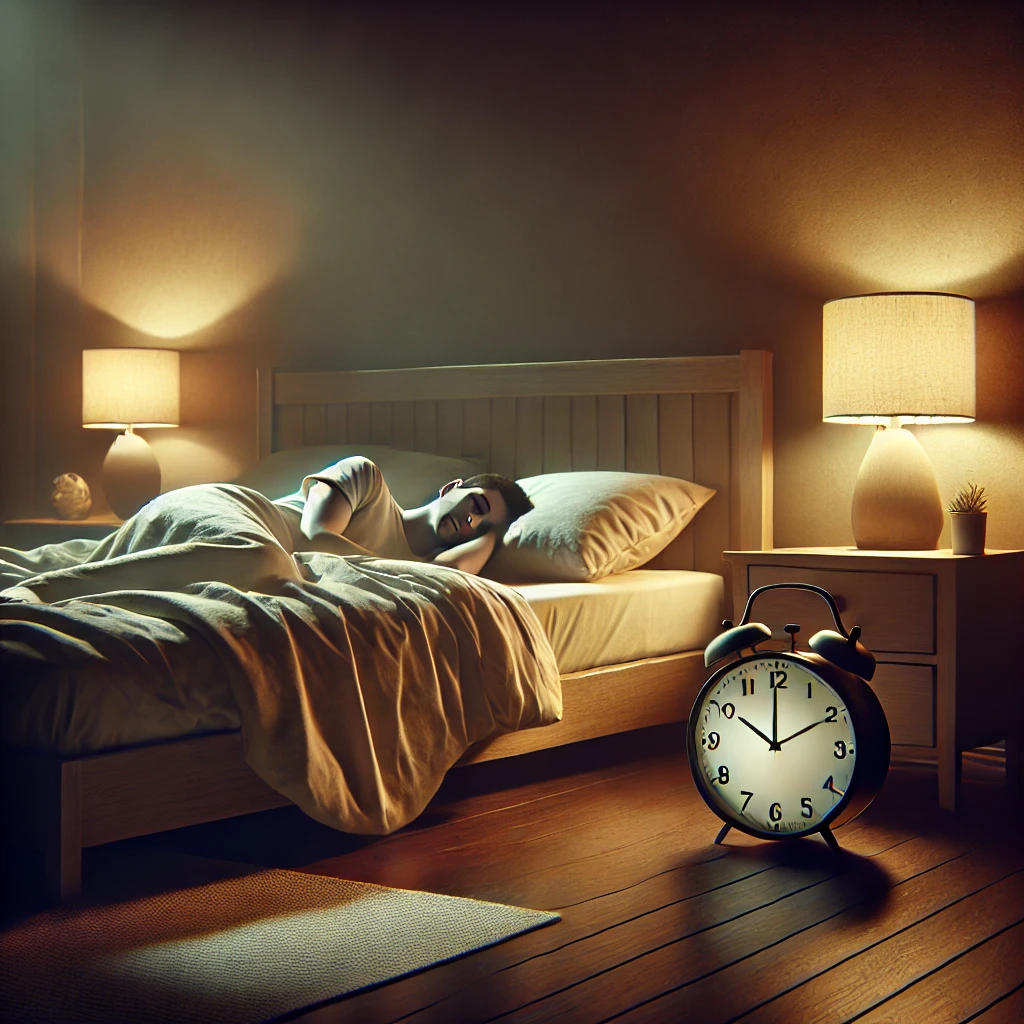Physical Address
304 North Cardinal St.
Dorchester Center, MA 02124
Physical Address
304 North Cardinal St.
Dorchester Center, MA 02124

Have you ever woken up in a strange place with no memory of how you got there? Or perhaps you’ve had a conversation in your sleep without realizing it? These puzzling experiences might be more than just odd occurrences—they could be symptoms of parasomnias, a group of unusual sleep behaviors that disrupt rest and sometimes pose risks to both the sleeper and those around them.
Parasomnias are sleep disorders that cause involuntary movements, emotions, perceptions, or behaviors during sleep. They can occur at any stage of sleep and range from mild disturbances like sleep talking to more severe conditions such as sleepwalking or REM Sleep Behavior Disorder (RBD), where individuals act out their dreams. While some parasomnias are harmless, others can lead to injury, sleep deprivation, or underlying health concerns if left unaddressed.
Understanding parasomnias is crucial for improving sleep quality and overall well-being. In this comprehensive guide, we will explore what parasomnias are, the different types, their causes, and how they can be managed. Whether you or someone you know experiences these unusual sleep behaviors, this article will provide valuable insights to help you take control of your nighttime health.

Parasomnias are a category of sleep disorders that involve abnormal behaviors, emotions, or physiological responses during sleep or the transitions between sleep stages. These disorders can manifest in various ways, ranging from talking or walking during sleep to engaging in complex activities without conscious awareness. While parasomnias can be alarming, they are generally not a sign of serious mental health conditions. However, in some cases, they may indicate underlying neurological or sleep-related issues that require attention.
Parasomnias are typically classified based on the sleep stage in which they occur. They fall into two main categories:
Understanding the different types of parasomnias is key to recognizing symptoms and finding effective management strategies. In the following sections, we will dive deeper into the specific forms of parasomnias, their causes, and treatment options.
3. Types of Parasomnias
Parasomnias come in various forms, each affecting individuals differently. These disorders are broadly categorized based on the sleep stage in which they occur:
These types of parasomnias occur during non-rapid eye movement (NREM) sleep, typically in the deepest stages of sleep.
These occur during rapid eye movement (REM) sleep, which is the stage where vivid dreaming takes place.
In addition to NREM and REM parasomnias, some sleep disorders don’t fit neatly into these categories:
Recognizing the type of parasomnia is essential for finding appropriate treatment options. In the next section, we’ll explore what causes these unusual sleep behaviors.
Understanding the root causes of parasomnias is crucial for managing and preventing these disruptive sleep behaviors. While the exact causes vary based on the type of parasomnia, several common factors contribute to their development:
Diagnosing parasomnias often requires a thorough sleep evaluation. Doctors may use the following approaches:
Early diagnosis is key to effective treatment and preventing complications.
Managing parasomnias often requires a combination of lifestyle adjustments, behavioral therapy, and medical intervention.
Incorporating these treatment strategies can help reduce the frequency and severity of parasomnia episodes, improving sleep quality and overall well-being.
Parasomnias, though often puzzling, are more common than many realize. These sleep disorders can manifest in various ways, from sleepwalking to complex behaviors like acting out dreams or talking in one’s sleep. While they are generally not a sign of serious mental health issues, parasomnias can still disrupt sleep and impact daily life. Understanding the different types, causes, and treatment options is essential for those affected. Early diagnosis and intervention can help mitigate symptoms, improve sleep quality, and enhance overall well-being.
If you or a loved one experiences any unusual sleep behaviors, it’s important to seek guidance from a healthcare professional. Understanding and managing parasomnias early can help prevent further disruptions and ensure a restful, healthy night’s sleep. Explore our blog for more tips on improving your sleep and achieving better overall health. Don’t wait—take control of your sleep today!